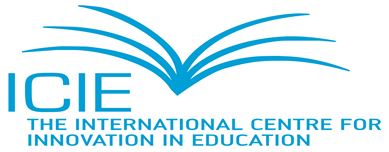W2
Remembering the Playground in Order to Play Today
Christine Boyko-Head
Mohawk College, Canada

Play is recognized as an important element in learning. According to Nieto et al (2021) at UNICEF, the power of play promotes socio-emotional intelligence, creative thinking, healthy immune systems, positive relationships and protects individuals against toxic stress. On a parallel path, WEF (2020) predicts the demand for employees with higher cognitive skills like social-emotional intelligence, creativity and agility will increase by 2030. Playgrounds often evoke memories as inclusive spaces with possibilities, challenges and risk-taking. This workshop uses the metaphor of the playground to extend the benefits of play to learners of all ages. Revisit, recreate, rediscover the significance of the ‘playground’ as a way to build learner autonomy, freedom and community.
